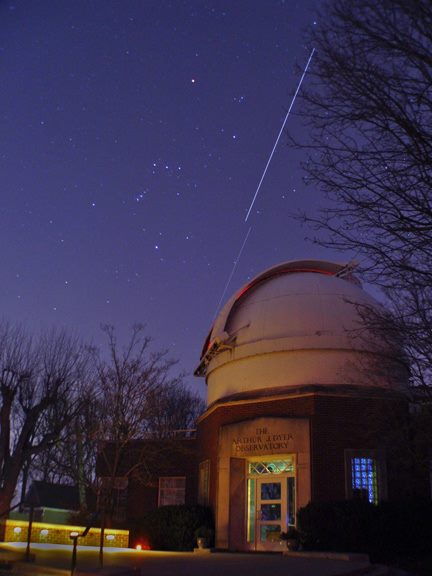It’s hard to believe that it has been almost seven years since Nashville was shrouded in the dark shadow of the Moon and witnessed the unparalleled beauty of a total solar eclipse. Another total solar eclipse is on its way on Apr. 8; however, Nashville won’t be quite as lucky this time around. Instead of the Sun being completely obscured at the eclipse’s peak, much of Middle Tennessee will see about 95% of the Sun covered, providing us with a grand partial solar eclipse.
The Sun will begin to disappear at 12:45 p.m., reach maximum eclipse by 2:02 p.m., and completely reappear at 3:20 p.m. For those who crave the experience of a total solar eclipse, all is not lost. The path of totality extends across much of the eastern United States, making it accessible by just a few hours' drive from Nashville.

What do you need to watch the solar eclipse?
The most important thing to keep in mind is that proper eye protection must be worn at all times when observing an eclipse. Solar eclipse glasses are essential as they allow only one-millionth of the Sun’s light through while filtering out harmful UV and infrared light that can cause eye damage. The only time you can remove the glasses is during totality.
How can you get glasses?
The staff of Vanderbilt’s Dyer Observatory will be on campus Thursday, Apr. 4 (weather permitting) to provide free solar eclipse glasses and eclipse information to students, faculty and staff. The Dyer team will also set up solar telescopes on Alumni Lawn to give passers-by an up-close view of our own dynamic star, the Sun. Follow Dyer on Facebook, X and Instagram to see when and where you can find them on campus!

Visit Dyer
Dyer Observatory will host a public open house on Friday, Apr. 5. Visitors can explore exhibits, observe Venus and the Sun with Dyer’s telescopes, grab a pair of eclipse glasses, get answers to astronomy questions, and more. Follow Dyer on Eventbrite for upcoming details on free tickets for the event.
To learn even more about the upcoming eclipse, check out Dyer’s recent Meet the Astronomer talk, which was livestreamed on Mar. 28.
What’s next?
Eclipses occur more often than one might think. Though the Moon comes almost between the Earth and Sun once a month during its new phase, the Moon’s inclined orbit usually places it slightly above or below the Sun in our sky. As a result, its shadow usually misses Earth. But, roughly every six months, a portion of Earth does pass through the lunar shadow. Last October, we witnessed a partial solar eclipse in Middle Tennessee. For Nashville and much of the U.S., the next partial solar eclipse won’t be visible until 2028.